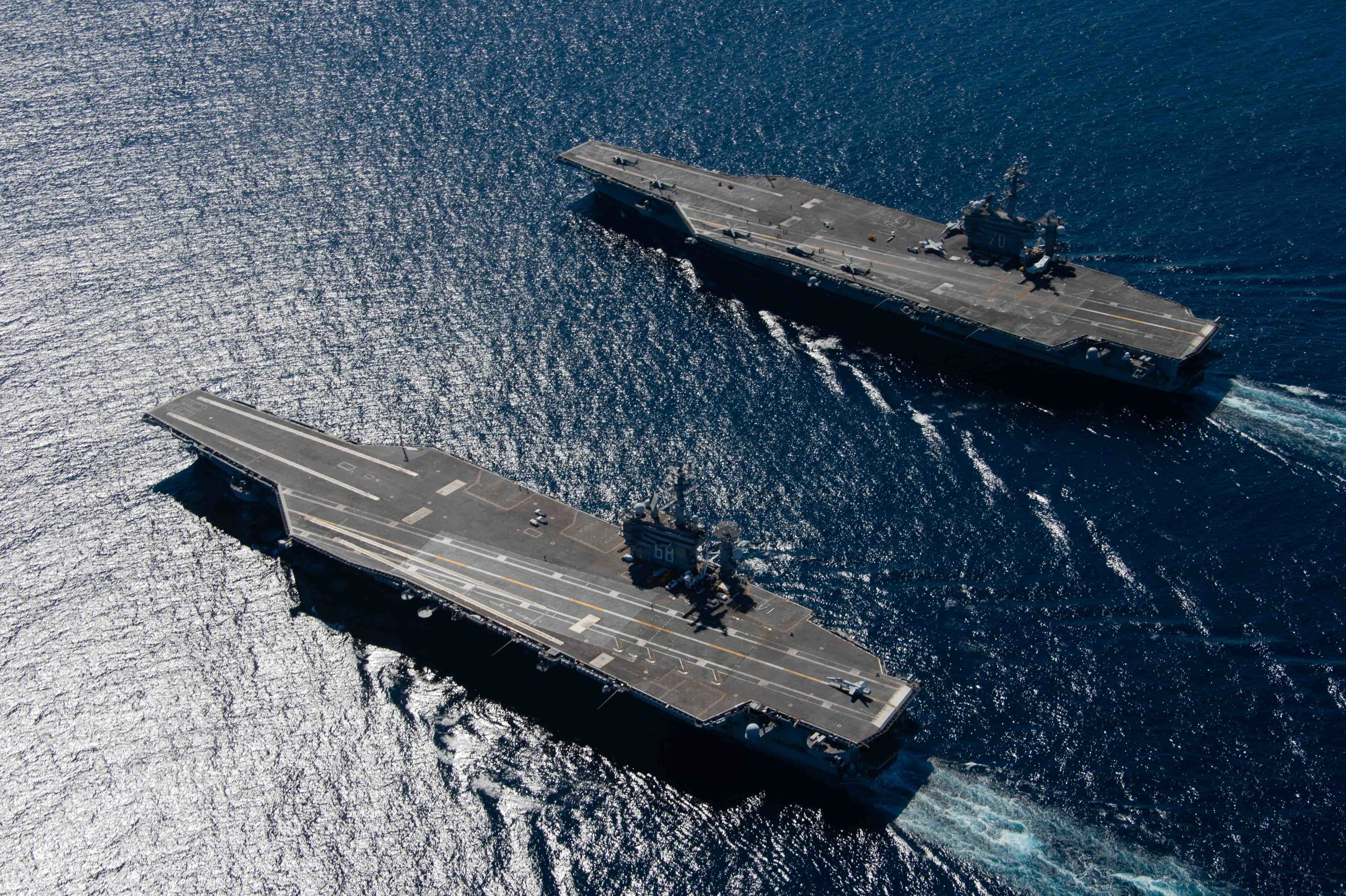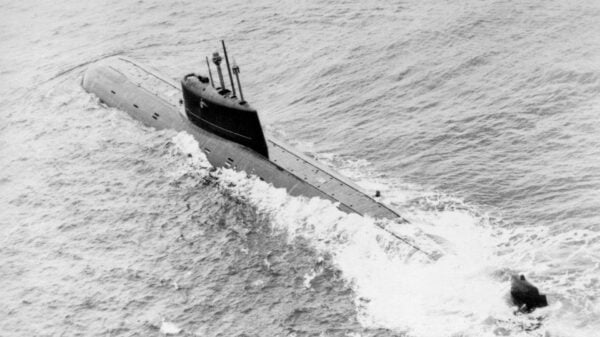The US Navy is working on the decommissioning of two nuclear aircraft carriers. Also, it plans to sell off two Independence-class Littoral Combat Ships to foreign military.
The USS Nimitz leaves active duty in 2026 due to the Navy’s proposal for an additional five and a half months of maintenance availability. Before the carrier’s anticipated retirement, this maintenance phase will ensure it is in top shape and is ready to perform its tasks efficiently. Afterward, the USS Dwight D. Eisenhower will retire the following year. This action is a component of a larger, strategic plan to update the 297-ship fleet now in service.
The two aircraft carriers scheduled for retirement have contributed significantly to several military battles for several decades. The 1975-commissioned USS Nimitz (CVN-68), now 48 years old, was initially intended to have a 50-year service life.
The USS Nimitz’s service will now last until May 2026. The Nimitz is one of the biggest battleships in the world, measuring 1,092 feet in length, 252 feet in width, and 100,020 tons when fully laden. Up to 90 fixed-wing aircraft and helicopters with a crew of around 6,000 people can fit inside of it. It has a phenomenal speed of over 30 knots and an unrestricted operating range thanks to the propulsion provided by two Westinghouse A4W nuclear reactors.
The ship’s array of modern equipment has numerous sensors and weaponry. These sensors and weaponry include electronic warfare systems, radars, Sea Sparrow and Rolling Airframe missiles, .50-caliber machine guns, etc.
After concluding its final deployment, the USS Nimitz will set sail to a Virginia shipyard, where a complex deactivation process will be initiated involving the removal of nuclear fuel. Similarly, the USS Enterprise, another former nuclear-powered aircraft carrier, has undergone extensive deactivation for some time. The 1977 commissioned USS Dwight D. Eisenhower can carry up to 90 fixed-wing aircraft and helicopters and operates with a crew of approximately 6,000 personnel.
The beleaguered class of Littoral Combat Ships will also see its number of ships reduced. USS Jackson (LCS-6) and USS Montgomery (LCS-8), commissioned in 2015 and 2016, will be sold to foreign navies. A total of 23 LCS vessels were commissioned over time. The Navy officials said that refocusing the class on mine countermeasure missions means fewer ships are needed.
The LCSs have been criticized for lacking armor, firepower, and redundancy, making them vulnerable to enemy attacks and accidents. The ships have also suffered from cost overruns and reliability issues.
Decommissioning carriers might affect the Navy’s capacity to react to possible threats or crises throughout the globe. Also, when it comes to disaster assistance, marine security, and air support, aircraft carriers are indispensable. Removing carriers from the fleet may reduce the military’s impact and strategic adaptability in different areas.
While the US Navy may have good reasons for retiring carriers, considerable thought must be given to these consequences in order to balance fleet management and national security.


















